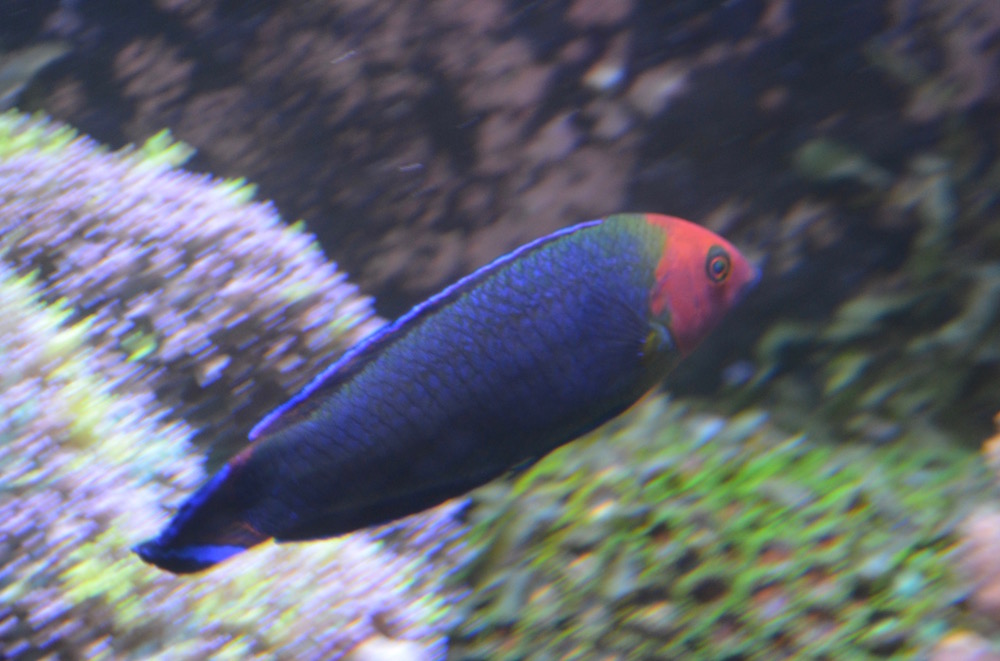Things I’m Looking Forward To
While going through some old books and magazines I came across a poster for MACNA from over twenty years ago, it made me laugh as the topic of my talk was “The Future of the Hobby”. I was asked to give that talk, and more importantly, give it a positive spin as much of the talk about the hobby at that time was extremely negative.Florida and Hawaii had both been shut down as sources of live rock.
Florida and Hawaii had both been shut down as sources of live rock. Audobon magazine had come out with an article calling us Raiders of the Reef and overall the general feeling about the hobby was that it would be lucky to survive a few more years.
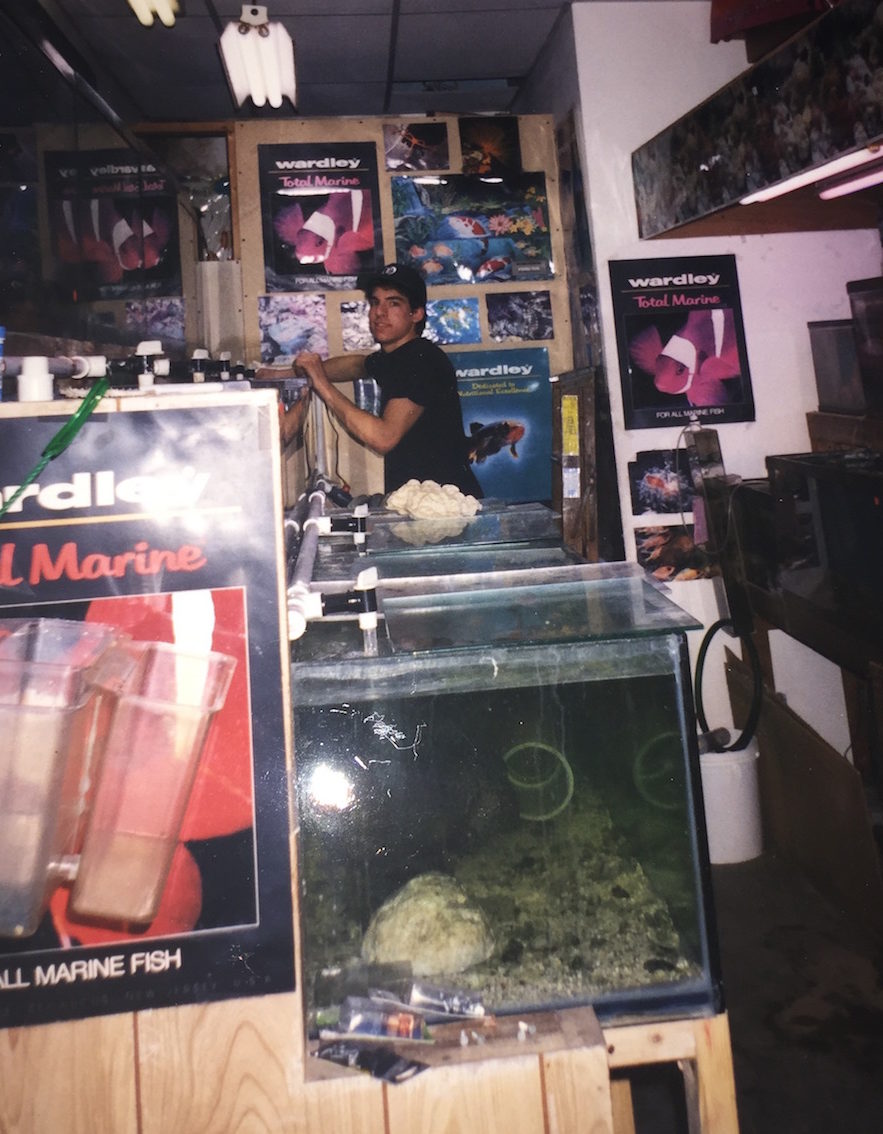
At that time, our success in the hobby was kind of limited to soft and other easy to keep corals and to be honest for many of us we did not see a positive future for the hobby for a lot of reasons. Fast forward to today and the mindset for the most part has changed significantly.
While taking road trips with some of my fellow reef enthusiasts in the past few months this topic of what the future holds has been discussed and for the most part has been incredibly positive. So positive in fact, that it got me to thinking about some of the things that we see coming and that we are looking forward to have happen. Now not all of these things are sure to come to fruition, but we expect them to or can see them happening based on what we see or know might be going on.
Future Of The Hobby
The first of these things that we see coming is better technology in terms of monitoring and automation of our systems. At the present most of the monitoring that is done in our tanks is relatively simple such as pH, temperature, ORP, etc. As a result of this limited capacity there is also a limited number of actions that only being able to monitor these functions can allow.
While it is nice that if the temperature in a tank gets too low or two high the monitors of today can kick on the heater or fans or contact us, but this is nothing compared with what we hope to see in the future. Eventually what I expect is that much of the equipment we use on our tanks will actually “talk” with these monitors, making the management and monitoring of our tanks smarter, easier and less time consuming.
I expect these monitors will measure more than the parameters we look at now and will make adjustments on the fly to keep our tanks even more stable than we do today.
For example, while several new constant alkalinity monitors are now coming to market, for the most part they do not “talk” to a significant degree with the calcium reactors or dosers that are being used on the tank they are monitoring so if something needs a big change right now it cannot occur.
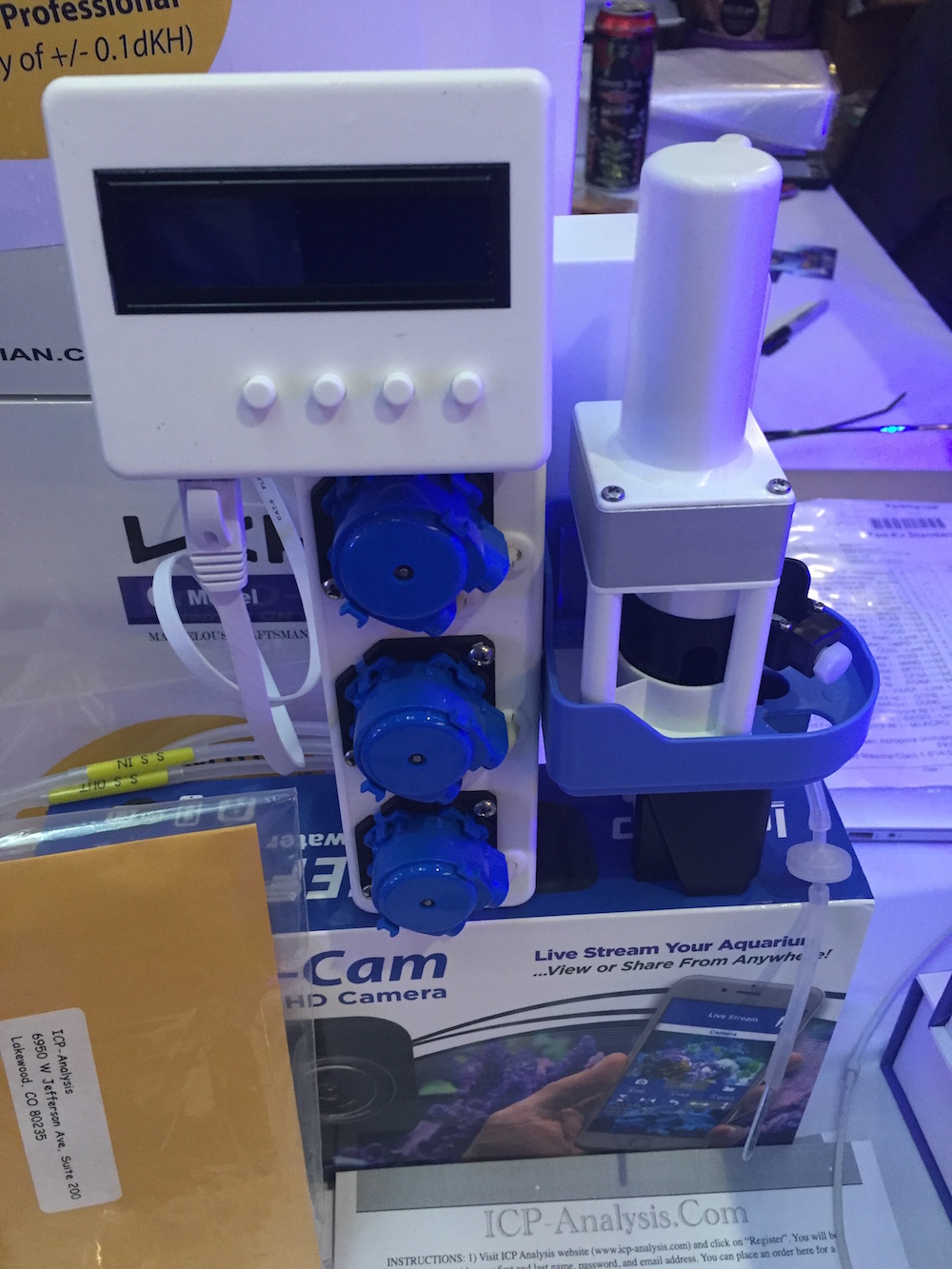
Since for the most part we are just starting to see how alkalinity as well as pH vary throughout the day and night, having these two devices work in tandem in the future should go a long way in improving the stability of our tanks. By the same token another parameter that may be useful to be constantly monitored, oxygen, will probably be monitored constantly in the future.
Just as keeping alkalinity stable is a desired goal, keeping tabs on how the dissolved oxygen content of a tank changes and trying to keep it stable may also be possible in the future. In my mind, I can see having the oxygen monitor hooked up to an ozone reactor or other means for increasing oxygen levels and having it kick on should or when the oxygen levels in the tank drop below a desired level.
This may sound way out there now, but I remember when neither alkalinity nor magnesium were measured with any consistency either as calcium was thought to be the only measure we needed to take. So keeping tabs on this and other parameters beyond what we do now should improve things in the future.
Sophisticated Monitoring
In the future I also expect that the monitoring will become more sophisticated in terms of measuring what we consider the “bad” compounds in our tanks including ammonia, nitrate, phosphate, dissolved organics and possibly even heavy metals. I think it would be invaluable if these monitors not only monitored these but would send an alert should there suddenly be an ammonia spike or if it detected heavy metals above a certain level.
While in these instances I do not expect it would be able to do anything about it, but if we were alerted we could certainly remove whatever had died that produced the ammonia spike or search for where the metals were coming from before our inverts started dying off as a result of their being present. Constant monitoring of the other “bad” compounds also has the potential of allowing us to see what adding different foods or other additives does to our system both acutely and over the long term.
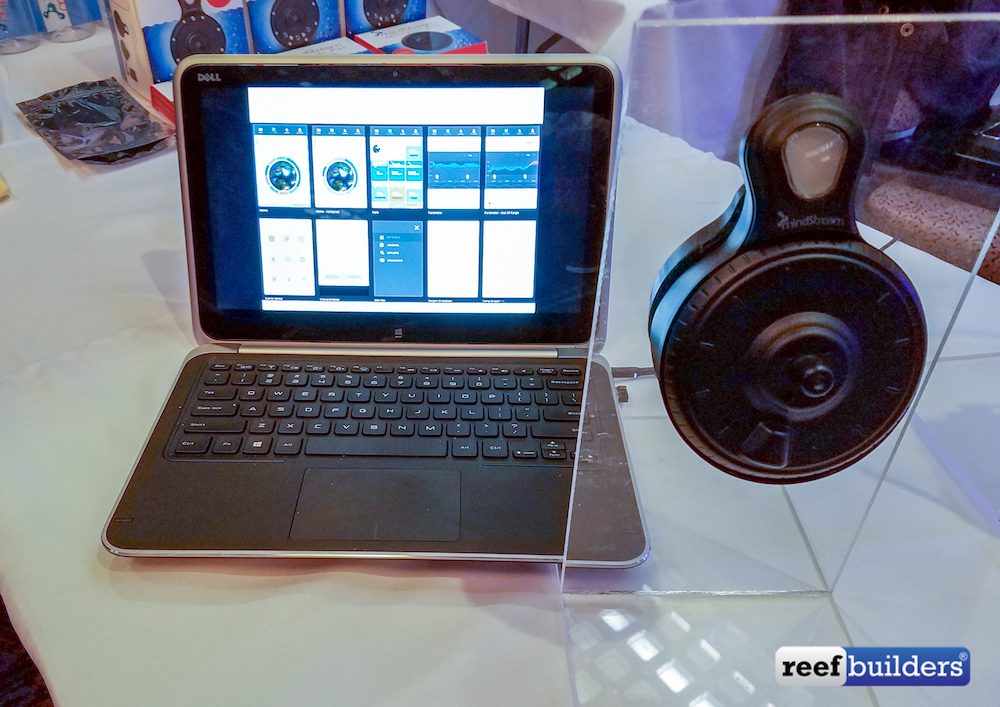
I am looking forward to seeing if adding one brand or type of food produces more or less of these compounds and in what time frame. It will also allow us to see how quickly these levels drop or change after we do or add just about anything in our tanks. Just as ICP testing has allowed us to get a much better idea of what is in our tanks and provides a baseline of where we are starting I think in the future as these monitors become more prevalent and more sophisticated our knowledge about what we are adding, when we need to add it and how it affects the tank will provide much more information than we have available today.
I also think this type of monitoring will allow for fine tuning the nutrient levels in our tanks much more precisely than we do now. That is, I think in the future this technology will make it much easier to keep a low nutrient or higher nutrient level tank depending on what the owner wants and reduce the guesswork due to being able to see on an almost constant basis what any manipulation of the tank does. In this regard, it will allow for more efficient use of skimming, resins, carbon water changes or other modalities for removing or maintaining levels where we want.
For example, currently most of us run our protein skimmers and carbon or GFO reactors 24/7. With constant monitoring and having the monitor “talk” to this equipment it may be possible to refine the use of this equipment so that it is not only more efficiently used, but also that it is used to keep levels within a window rather than the fluctuations that may be occurring today. I expect that this improved stability will add even more to the level of success we are now experiencing.
Aquaculture
With this improved success in just this area, there are lots of other things I am looking forward to as well. After seeing the success that companies like Biota and Bali Aquarich among others are having breeding and raising more and more species of fish, including rare or fish previously not bred before, I fully expect in the future, and hopefully not to distant one, that we will be seeing and be able to obtain more and more of the holy grails of the hobby.
Seeing Coral Beauties by the thousands being raised provides hope that somewhere down the line other Centropyge angels like Joculators, Debelius (my favorite and my holy grail fish), Resplendent’s and even Peppermints will someday be widely available.
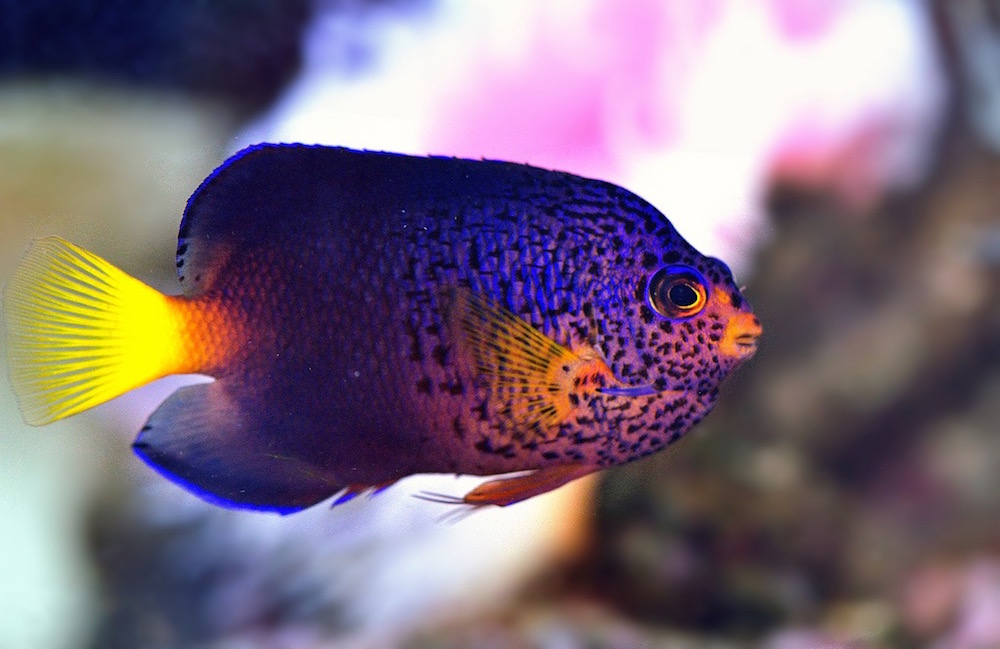
I know this may sound like a pipe dream, but the methodology for breeding and raising these fish that these companies have developed is such that it should be able to be replicated on virtually any angelfish or fish that spawn in similar fashion. More importantly it also seems to work for a wide variety of unrelated fish as well including butterflyfish, wrasses and tangs. All of which, while not as popular as clownfish, are the fish that we all use to fill in our tanks and that are the showpiece fish that we all want to have in our tanks.
If this were not enough, the other breakthrough that is occurring and that will accompany these breeding efforts is that these breeders are also working to have the fish they are breeding be bred so that they are hobby friendly. That is when the fry are being raised, in a lot of instances they are weaning them off of their natural diets and getting them to eat commercial flake or pellet foods.
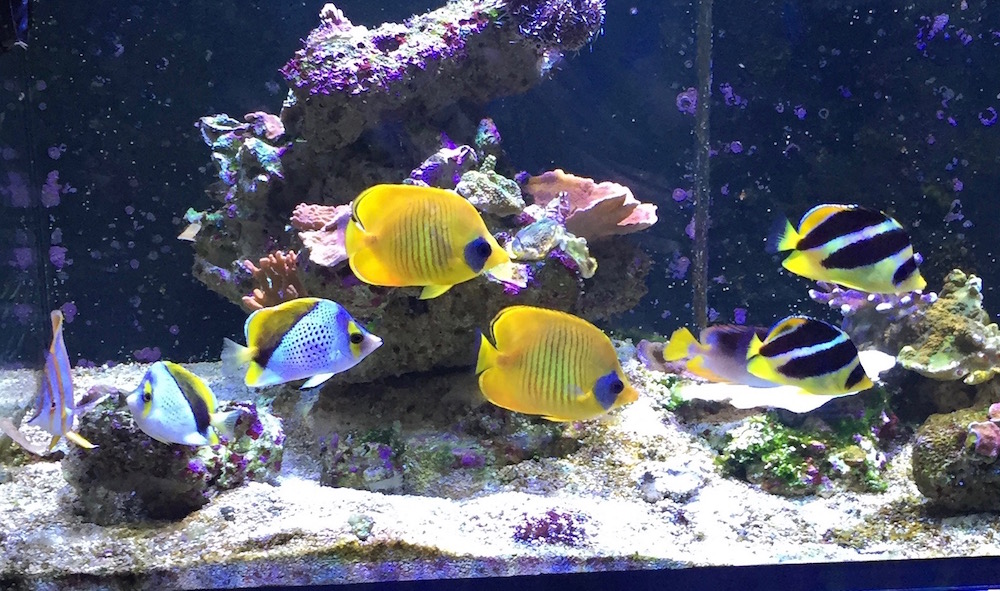
Needless to say both of these achievements in tandem will go a long way toward eventually reducing the need to take these fish from the reefs. They already have shown mandarin fish eating flake, how great would it be if we could get coral eating butterflies that ate pellets or orange spotted filefish that would leave our precious corals alone. In my own mind I am already planning a seventh tank to house some of these rare beauties, come on Debelius angelfish, when they do become available.
Having these fish already weaned to commercial food is one thing. But in the future I am looking forward to when we understand the dietary needs of our fish much more than we do today and are able to provide it more readily. While the foods we have available today are far superior to the frozen brine shrimp and foul smelling flake foods that were the only foods available at the start of the hobby.
There is still room for improvement. I say this in that in that I still observe over time in some tanks that the coloration, health and vitality of some fish is not what it was when the fish first came in. So in the future I expect that there will be an even greater understanding of the dietary needs of specific fish and that those will be provided for.
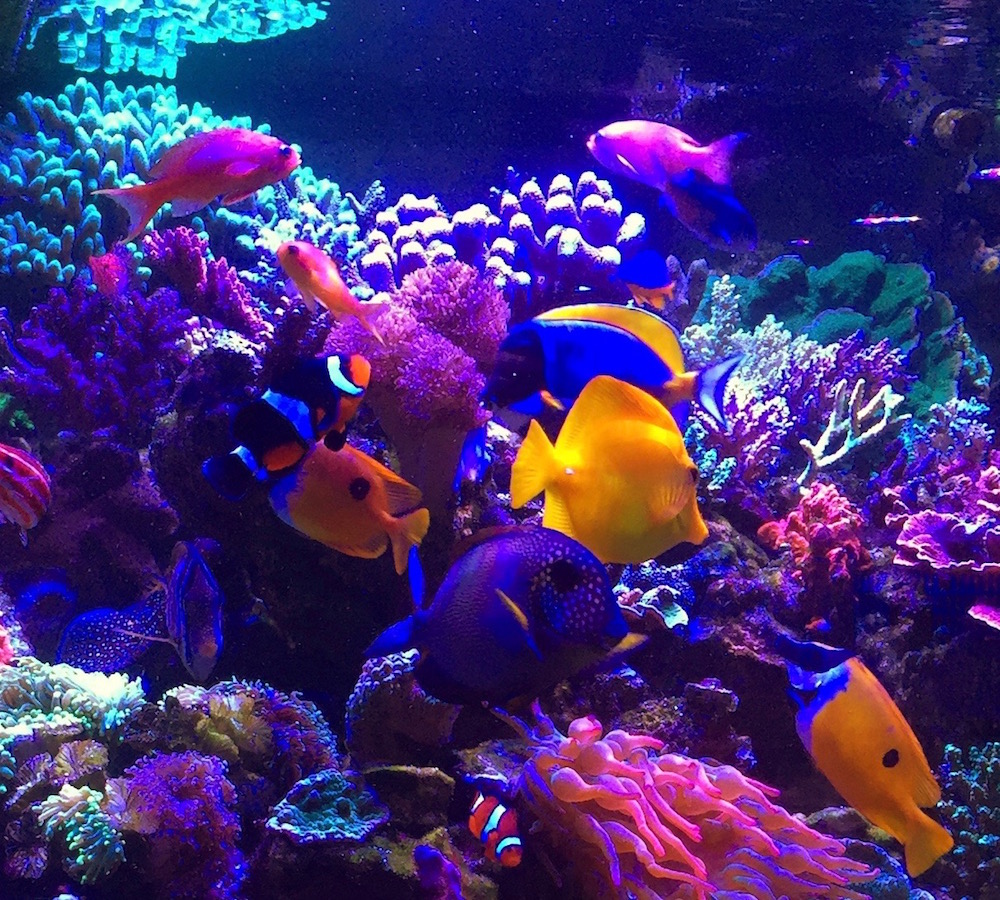
Better Understanding of Fish Health
Similarly, I also expect in the future that we will also have a better understanding of fish diseases and will develop better ways to fight them, especially when the fish are housed with corals and other invertebrates. While having widespread ick or other devastating outbreaks has become a less frequent occurrence as as result of our better husbandry techniques with our reef tanks, when they do occur there is still often little that we can do. So in the future I expect that better and better means for both understanding and treating fish diseases will occur.
While we have at least a rudimentary understanding of most fish diseases and their causes, our knowledge of coral diseases and how to treat them is significantly far behind in this regard. While it has taken at least 30 years to get where we are in understanding and treating fish diseases, in the future I think this will occur much faster for coral diseases.
Considering what is going on in the world’s reefs and with how many individuals now keep corals, it is my hope that in the near future we will have a much better understanding of these often incomprehensible diseases and what we need to do to treat them and even better prevent them both in our tanks and in the wild.
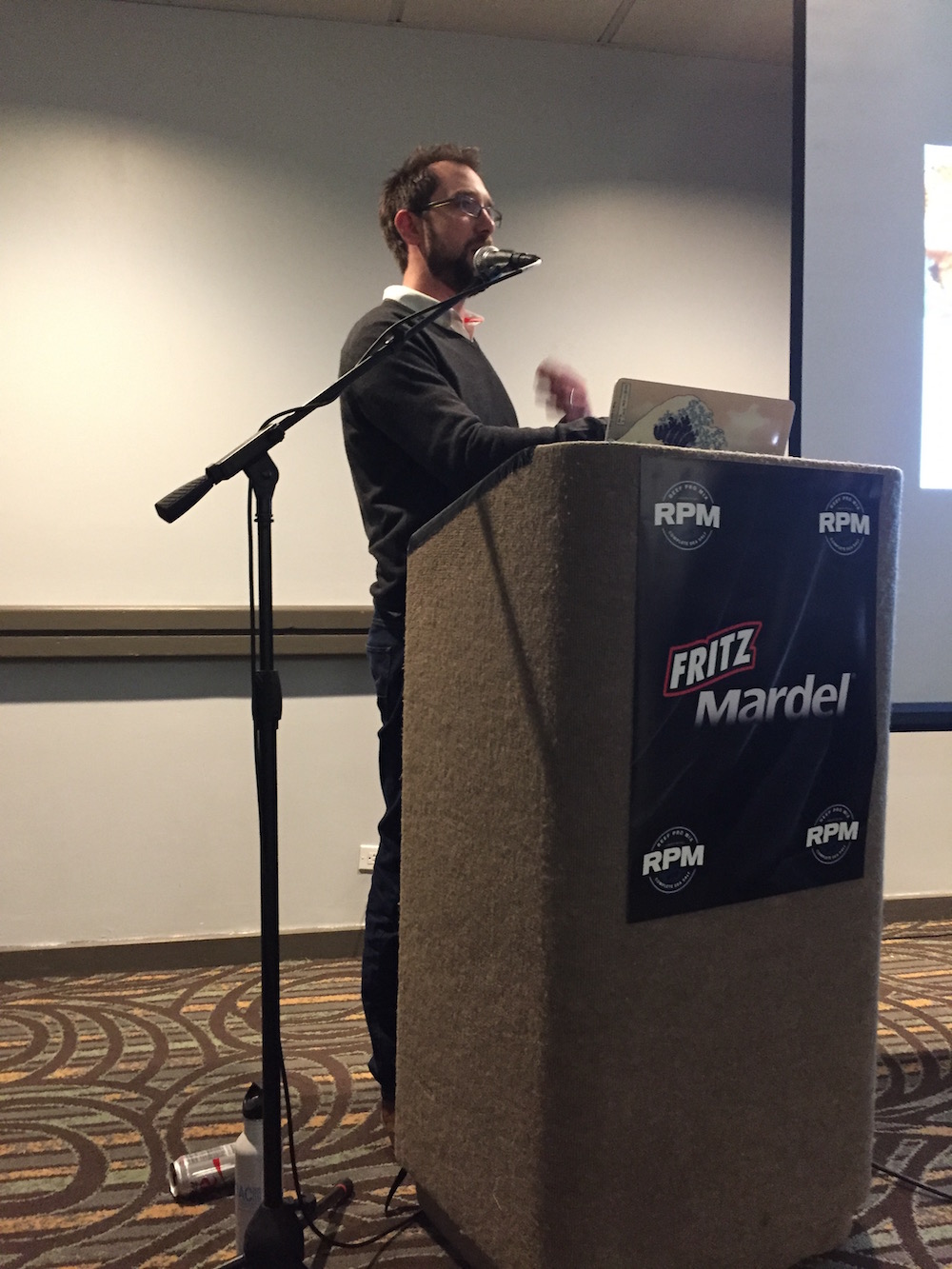
I think much of this will run hand in hand with our also understanding and providing better coral nutrition. In the future I do not expect most tanks be keeping their corals with only fish poop as the sole nutritional source. As I saw in Jamie Cragg’s presentation at ReefStock, providing proper coral nutrition is one of the key aspects to not only getting corals to grow quickly, but also getting them have enough energy so that they will spawn.
While Jamie is for the most part providing a wide range of foods to provide for the coral’s nutritional requirements, in the future I expect that this will be refined and thus we will become better able to provide for each individual corals’ nutritional requirements. That is why I think very soon some of the unexpected deaths in our corals that we all see from time to time will be avoided or reduced as our corals are better fed and thus healthier and better able to fight diseases.
In terms of the major event that I am looking forward to the most in the future, it is being able to induce our corals to spawn in captivity and that we are able to control this. After seeing Jamie’s work firsthand and seeing some of the things that he has been able to do such as hybridizing corals as well as combining the spat of two different colored offspring of the same species so that the colony that was produced was perfectly split in half color wise proved to me that the future holds even more promise than I thought.
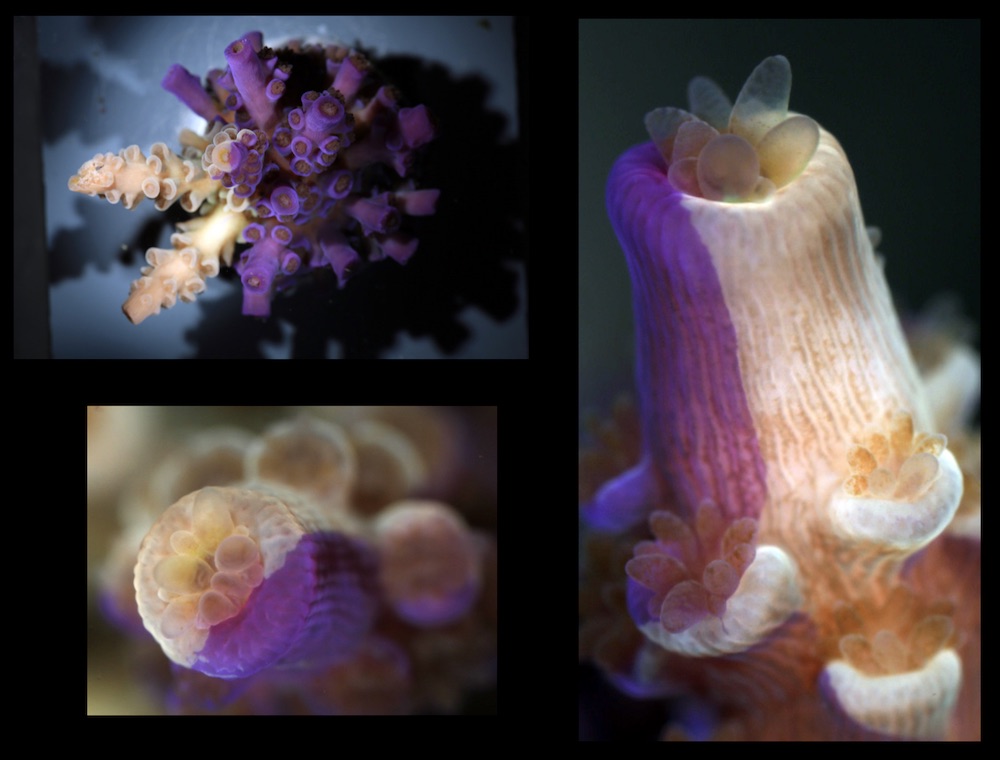
In addition, his work has the potential to help reefs throughout the world that have been damaged by bleaching events or other disasters. From the hobbyist’s point of view what it could potentially mean is that instead of getting a few frags off a desired piece there could be hundreds or even thousands of offspring.
I also expect that over time corals will be bred and hybridized so that the desired characteristics are maximized. This could mean even better colors, or faster growth or improved hardiness. Also as with the fish that were bred and raised in captivity it is my belief that since these corals will be “totally captive” they will have improved hardiness for being in captivity. This is more likely in that those offspring that do not take to captivity will probably die off early in the process, so only those that take to captive conditions better will grow and thrive.
This along with the large numbers of desirable corals that doing this could potentially produce may in the future reduce the cost for these desirable corals. So in my mind this reduced cost along with improved hardiness may have the added benefit of making it easier for more and more hobbyists to be successful. So if just this happens, I expect the hobby to continue to grow at the rapid pace it currently is.
Keeping What’s Hard to Keep
Along with all of this there are also few other things I am looking forward to in the future. First and foremost, it is my hope that as has been the case in the past we will get better at understanding and keeping some of the fish and corals that are still difficult to keep in our tanks.
Animals like crinoids and basket starfish immediately come to mind, as well as Moorish Idols and many of the Butterflyfish. I’m sure it is at least in part nutritional, but it is also my hope that in the future better collection methodologies will be implemented as well.

As collecting techniques get better and we are better able to keep and have access to more captive bred and raised fish and corals I also hope in the future that we will have access to more of the fish that we only see in books that the collectors don’t take since they do not think there is demand for them.
Similarly, I also look forward to the future when more locales such as the Philippines, Red Sea or Kenya mariculture corals for the hobby as most of these areas have beautiful unique corals that we have not only not kept but have rarely seen.
While the future is bright, there are also clouds on the horizon such as increased bleaching events on many of the reefs around the world, continued pressure from legislators to reduce or inhibit the hobby in some way as well as simple supply and demand. The hobby has never been so popular nor have so many people enjoyed it and the level of success that they do today.
For these reasons I think that this level of success will continue to induce innovation and even greater success in the future. Hopefully, when these events occur in the future you will look back on this article and see that the future really was bright.
